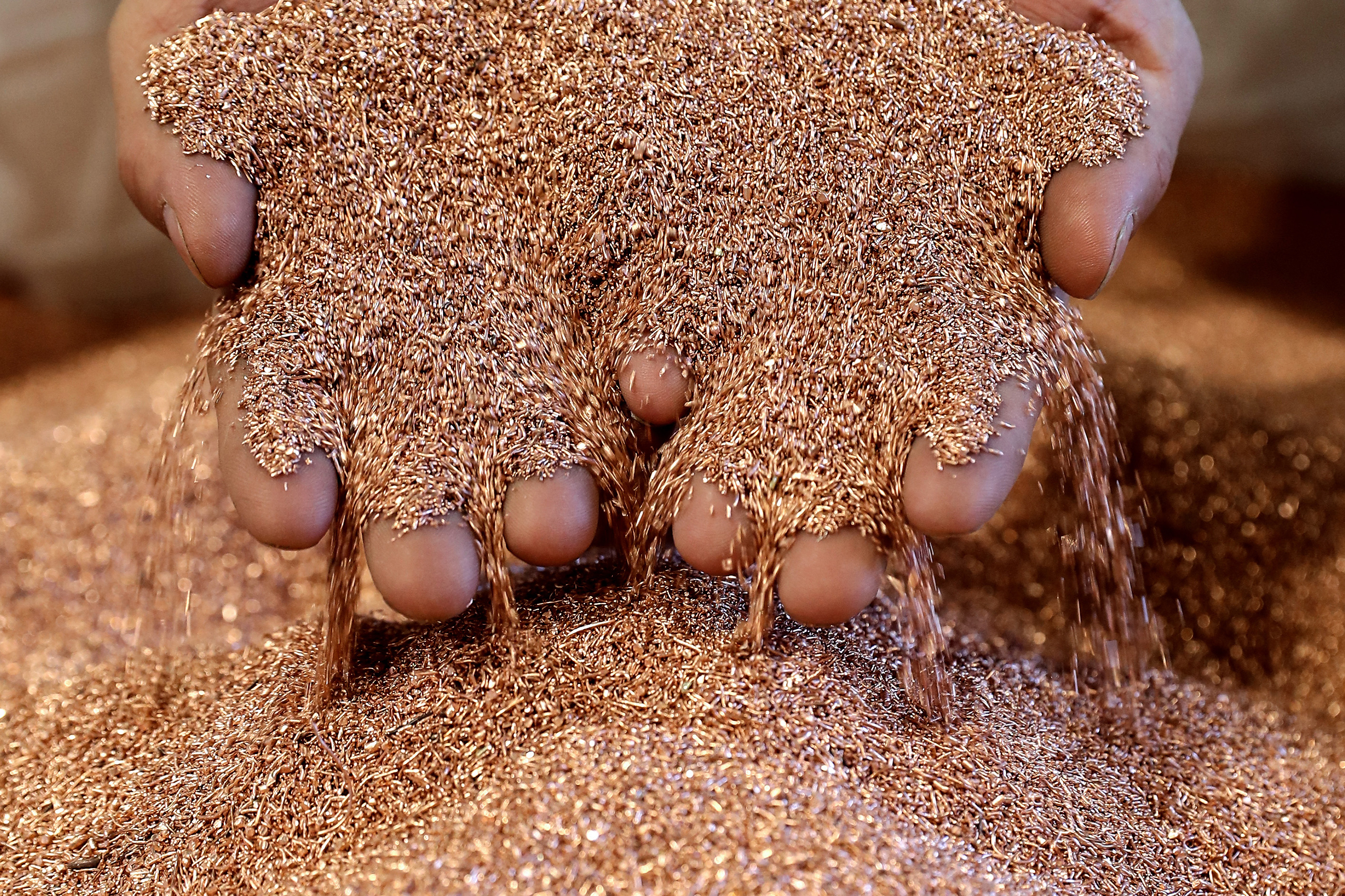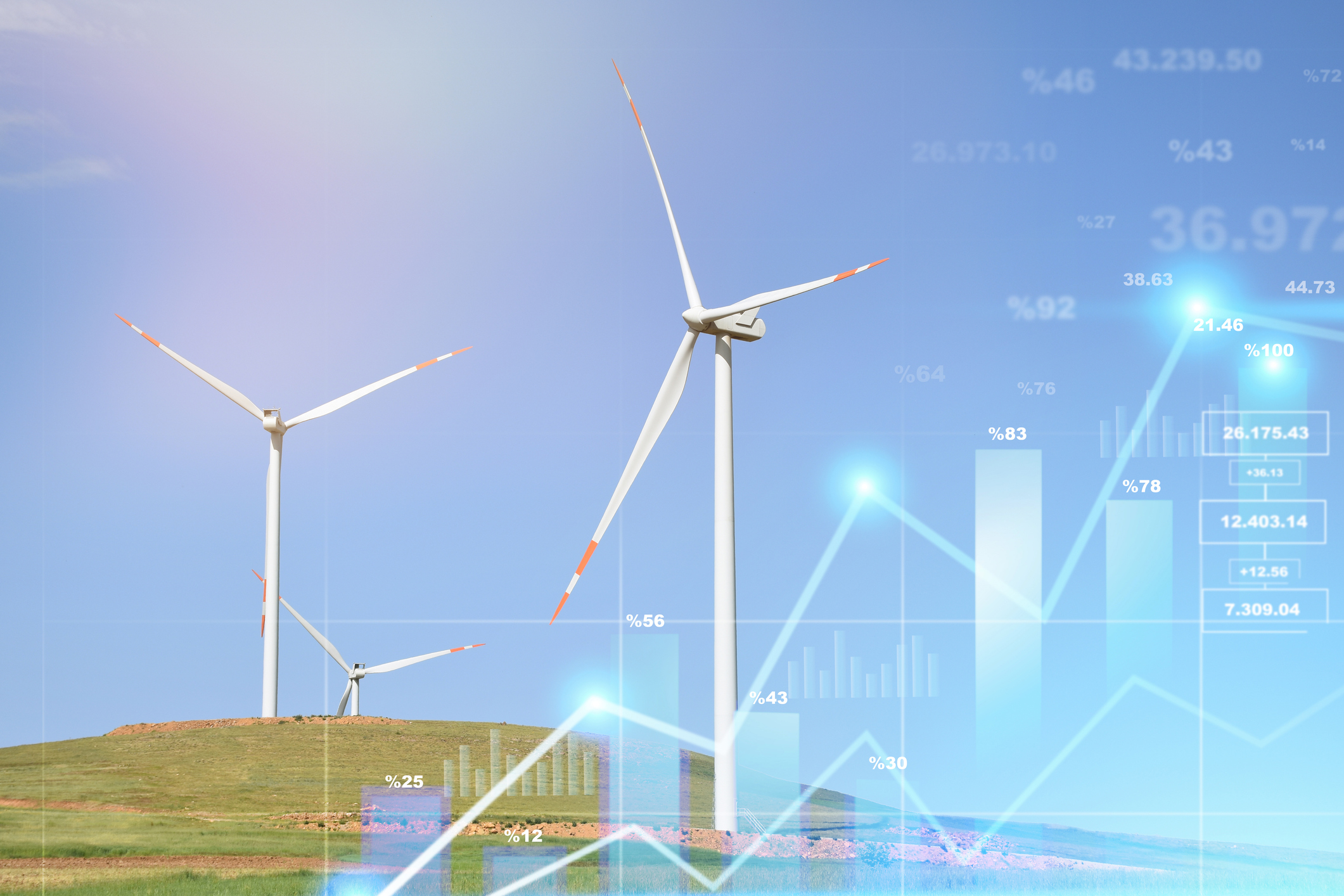Commodity prices remain high – should you buy into the boom?
Commodity prices are high – what does this mean for the 'everything rally'?

“Global growth is tepid, but commodity prices remain high,” say Carlos Arteta, Philip Kenworthy and Ayhan Kose in a World Bank blog. Energy, food and base metals prices are predicted to stay close to 40% above 2015-2019 levels over the coming year. Why?
For one thing, oil supplies are tight. As of late June, members of the Opec+ cartel were holding back more than six million barrels of oil a day – nearly 7% of global demand. Second, geopolitical shocks are multiplying – much of the current commodity tension dates from the destabilisation of energy and grain markets caused by Russia’s 2022 invasion of Ukraine.
Third, despite trouble in the local property market, demand from China – the world’s largest consumer of metals and energy – has been stronger than expected. Infrastructure investment and expanding factory capacity in electronics and electric vehicles have buoyed the Middle Kingdom’s appetite for raw materials.
MoneyWeek
Subscribe to MoneyWeek today and get your first six magazine issues absolutely FREE

Sign up to Money Morning
Don't miss the latest investment and personal finances news, market analysis, plus money-saving tips with our free twice-daily newsletter
Don't miss the latest investment and personal finances news, market analysis, plus money-saving tips with our free twice-daily newsletter
Finally, climate change is proving inflationary, both through disrupted harvests – most recently of cocoa and coffee crops – and because of demand for metals for the energy transition.
Commodity prices shoot up
After surging in 2022, last year was a more tepid one for commodity prices. The S&P GSCI index, which tracks 24 major raw materials, ended 2023 down 12%, but the index has climbed back more than 10% in the first half of 2024.
Copper, the key energy-transition metal, is up 14.5% this year, while gold has gained 13% in dollar terms. Brent crude oil is up 11%, although it has slipped back since a peak in early April. Metals have had an excellent run this year, with gold and copper making new records and silver hitting levels not seen in 13 years, says Ole Hansen of Saxo Bank. The case for holding precious metals remains solid as US rate cuts come into view.
“Energy and grains” could make the running as we enter the third quarter and industrial-metals markets “take a breather” and “consolidate” around their new higher levels. The long-term outlook for copper is encouraging, but another price jump looks “unlikely to emerge in earnest before 2025” when new supply begins to dry up.
The “everything rally” in industrial metals such as copper, aluminium and zinc “will continue to unwind” in the second half of 2024, agree Capital Economics analysts in a note. The market is currently focused on rising demand for green technology, but while that will keep metals prices elevated, it will “not completely offset the drag from the slowdown in China’s property sector”.
Traders may be surprised as a sharp drop off in Chinese construction activity emerges as “the dominant driver” of industrial metals prices later this year. There is still good reason to hold commodities, say Goldman Sachs’ analysts. Over the past 50 years, a 1% rise in US inflation has, on average, led to a real (inflation-adjusted) return of seven percentage points from commodities.
Energy has been the most robust inflation hedge, as prices rise during supply and demand shocks. Gold is particularly useful in scenarios where central banks lose credibility or geopolitical risk rises.
This article was first published in MoneyWeek's magazine. Enjoy exclusive early access to news, opinion and analysis from our team of financial experts with a MoneyWeek subscription.
Get the latest financial news, insights and expert analysis from our award-winning MoneyWeek team, to help you understand what really matters when it comes to your finances.
Alex is an investment writer who has been contributing to MoneyWeek since 2015. He has been the magazine’s markets editor since 2019.
Alex has a passion for demystifying the often arcane world of finance for a general readership. While financial media tends to focus compulsively on the latest trend, the best opportunities can lie forgotten elsewhere.
He is especially interested in European equities – where his fluent French helps him to cover the continent’s largest bourse – and emerging markets, where his experience living in Beijing, and conversational Chinese, prove useful.
Hailing from Leeds, he studied Philosophy, Politics and Economics at the University of Oxford. He also holds a Master of Public Health from the University of Manchester.
-
 Profit from leisure sector as consumers go on spending spree
Profit from leisure sector as consumers go on spending spreeThe UK leisure sector had a straitened few years but now have cash in the bank and are ready to splurge. The sector is best placed to profit
-
 Nationwide: Annual house price growth slows to lowest level in almost two years
Nationwide: Annual house price growth slows to lowest level in almost two yearsThe average house price went up by just 0.6% between December 2024 and December 2025, Nationwide Building Society said
-
 Stock markets have a mountain to climb: opt for resilience, growth and value
Stock markets have a mountain to climb: opt for resilience, growth and valueOpinion Julian Wheeler, partner and US equity specialist, Shard Capital, highlights three US stocks where he would put his money
-
 Metals and AI power emerging markets
Metals and AI power emerging marketsThis year’s big emerging market winners have tended to offer exposure to one of 2025’s two winning trends – AI-focused tech and the global metals rally
-
 King Copper’s reign will continue – here's why
King Copper’s reign will continue – here's whyFor all the talk of copper shortage, the metal is actually in surplus globally this year and should be next year, too
-
 British blue chips offer investors reliable income and growth
British blue chips offer investors reliable income and growthOpinion Ben Russon, portfolio manager and co-head UK equities, ClearBridge Investments, highlights three British blue chips where he'd put his money
-
 Renewable energy funds are stuck between a ROC and a hard place
Renewable energy funds are stuck between a ROC and a hard placeRenewable energy funds were hit hard by the government’s subsidy changes, but they have only themselves to blame for their failure to build trust with investors
-
 Did COP30 achieve anything to tackle climate change?
Did COP30 achieve anything to tackle climate change?The COP30 summit was a failure. But the world is going green regardless, says Simon Wilson
-
 Leading European companies offer long-term growth prospects
Leading European companies offer long-term growth prospectsOpinion Alexander Darwall, lead portfolio manager, European Opportunities Trust, picks three European companies where he'd put his money
-
 How to harness the power of dividends
How to harness the power of dividendsDividends went out of style in the pandemic. It’s great to see them back, says Rupert Hargreaves